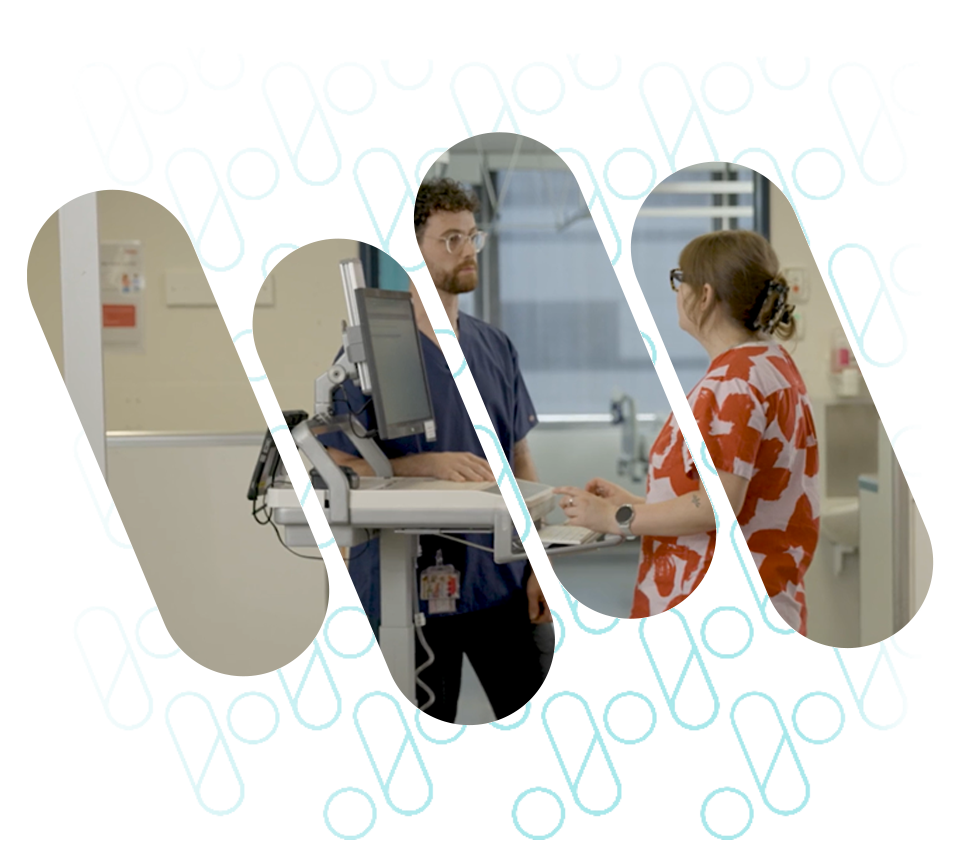This collection of video resources provides a comprehensive overview of the Safewards model and it’s interventions.
These videos are designed for general health services. They support both the understanding of the Safewards model and it’s 6 domains and examples of how each intervention can be used in the clinical setting. Whether you’re introducing Safewards for the first time or refreshing your team’s knowledge, these resources are designed to support your journey.
Calming methods
View more View less
Calming methods are evidence-based strategies aimed at de-escalating and reducing agitation or distress in a patient. These methods are designed to create a safe and supportive environment that can help prevent conflict and promote a sense of security for both patients and staff. Calm down methods can include:
- Stress balls
- Colouring in books
- Musicor noise cancelling earphones
- Ear plugs
- Phone chargers so consumers can stay connected.
Delivering bad news
View more View less
Staff should proactively plan and mitigate the effects of delivering bad news consumers. This requires careful preparation, empathy, and clarity. It's important to choose the right setting, be transparent, and offer support to the consumer.
Know each other
View more View less
This intervention helps to build therapeutic relationships between staff providers and consumers, which are the foundation of effective care. This gives patients and staff information about each other so they can:
- find common areas of interest
- provide topics for conversation
- help patients feel more comfortable and reassured.
Positive words
View more View less
This intervention aims to balance the natural tendency to focus on negative behaviours in handover by saying something positive first. When challenging behaviours are presented alongside potential psychological explanations, the approach can foster a more constructive view of consumers and reduce the risk of ongoing conflict.
Reassurance
View more View less
Patients can react with fear or anger after events or episodes, such as:
- medical emergencies like code blues
- arguments or aggression situation with another consumer.
Following an incident, staff should the time to check in on the other consumers who may have questions or feel concerned about the situation. This will ensure all patients feel safe and are not left wondering.
Senior Safety Round
View more View less
This intervention aims to improve patient safety and well-being – particularly in an acute care setting. Senior nursing or medical staff can conduct regular rounds that focus on assessing a patient needs, addressing concerns, and promoting a sense of safety and security.
Asking the 3 following questions can be helpful when conducting a senior safety round:
- Do you feel safe ?
- Do you feel satisfied ?
- And strive – what else can we do for you?
Talk through
View more View less
This intervention involves a de-escalation process that focuses on clarifying issues and finding solutions together. Staff maintain self-control, respect and empathy when finding solutions with the consumer.

